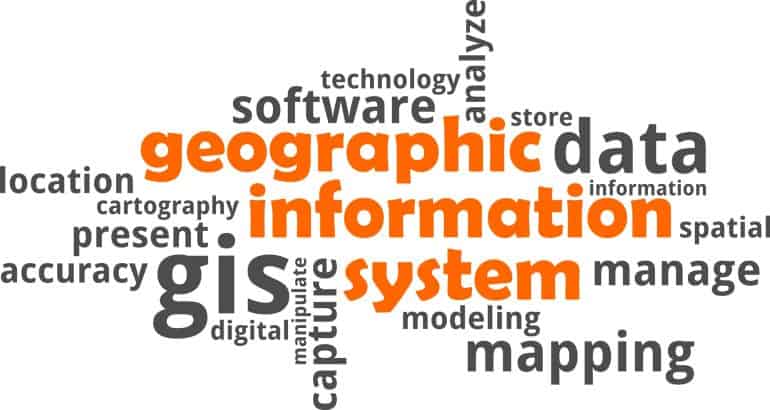
What is GIS?
GIS is short for Geographic Information System. It is a collection of computer software and information which is used for viewing, analysing, managing and displaying geographical data.
In general, it allows users to search for information about specific geographical areas, analyse spatial information, edit the data and create maps, charts and reports that show users the results in visual forms.
GIS helps users to find answers to their questions and solve the problems by presenting data in simple visual ways.
What are the Advantages of GIS?
The advantages of using a geographic information system include:
- Improved decision making – decisions are made easier because specific and detailed information is presented about one or more locations.
- Reduce costs and increase efficiency – especially regarding maintenance schedules, fleet movements or scheduling timetables.
- Improved communication between any involved organisations or departments as the visual format is easily understood by all.
- Easy recordkeeping – geographical changes are easily recorded by GIS for those responsible of recording the changes.
- Managing geographically – knowing what is and will be occurring in a geographic space in order to plan a course of action.
How is GIS used?
It allows people to see the world in a different way by mapping the position and quantity of things, mapping the density of people and objects and mapping any changes that occur. GIS also allows us to find out what is happening inside a specific area or nearby to a specific area.
More specifically, GIS is used through:
- Environmental Geography – to analyse the impact people have on the environment.
- Physical Geography – to study the elements of atmosphere, biosphere and geosphere.
- Emergency Management Information System – to give real time data to emergency responders about the geographical layout.
- Health Geography – to use geographical information to study health related issues such as disease and illness.
- Economic Geography – to study economic activities across the earth.
- Transportation Geography – to investigate the spatial interactions of people or things.
Some History
GIS is linked closely to geography, cartography, and computer science history. The modern computerised GIS we know today is attributed to Roger Tomlinson. He was given the title of the ‘father of GIS’ due to his creation in the 1960’s of the Canada Geographic System while working for the Canadian Government. This was the first computerised geographic information system in the world.
In 1969 Jack Dangermond founded ESRI (Environmental Systems Research Institute) to undertake land use analysis. Nowadays it is the largest GIS software developer in the world.
Back to FAQBack to FAQ